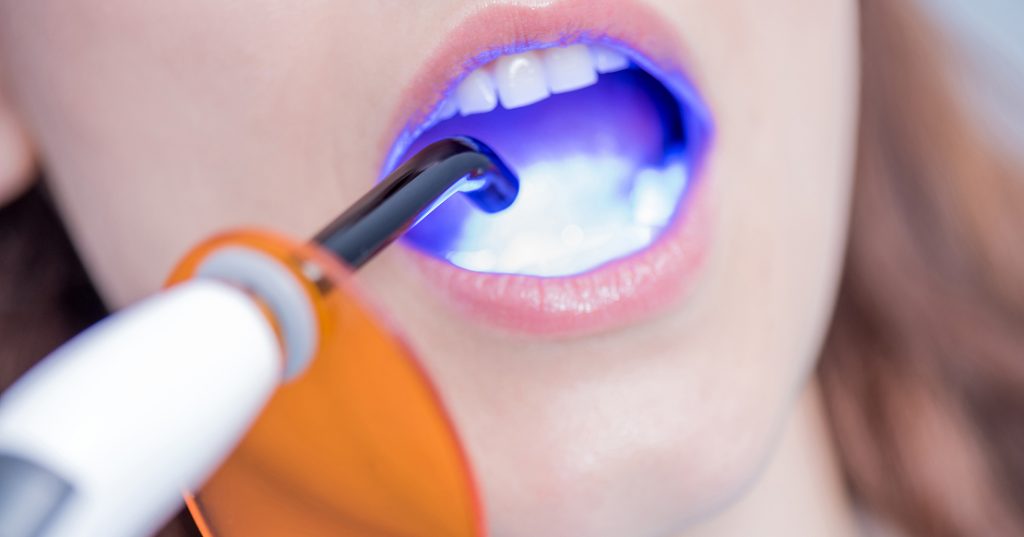Tips for More Comfortable Injections
As we all know, it is rare for anyone to look forward to an injection. In fact, many folks dread or downright fear them. For most of us in dentistry, this is something we have to deal with on a daily basis, and what our patients don’t know is that for many of us, this can create a significant amount of stress for us as well. In this article, I will cover a couple simple tips that will help make your injections more comfortable for your patients while making their visits less stressful for you and pleasant for them.
Tips for Painless Injections
Use your topical anesthetic properly. The two big factors here are time and contact. While both of these are simple to do correctly, they are just as easy to do incorrectly; if you do not do them properly, then as one of my dental school instructors, Frans Currier, would say, “You will fail; the only question is, will you fail miserably or marginally?”
So the question is how can we ensure we are doing our injections correctly? The first step is to dry the area that you are applying the topical, and to keep that area as dry as possible throughout the process to ensure the topical gets a good contact with the tissue. I can’t stress how important this is since the saliva will otherwise prevent the topical from contacting the tissue well so it can be effective.
The other big factor is time. This is just as important as drying the tissue for good contact, however, time will not help you much if you don’t get the topical in good contact with the tissue. When it comes to time, shoot for at least several minutes. While some folks will say topical is not effective, I would bet that most that say this are not getting their contact and time right.
Inject Slowly. Our topical only works on the surface of the tissue, and we have to remember the fact that the volume of solution we are injecting has to go somewhere. This means if we slow down and take our time, the solution we are injecting will have more time to diffuse through the tissue resulting in a more comfortable and tissue-friendly injection.
Not only will this result in a more comfortable initial injection, but in many cases, it will also result in less injection site soreness post-operatively. So how slow should you go? Shoot for at least one minute per carpule, but in general, the slower the better.
John R. Carson, DDS, PC, Spear Visiting Faculty and Contributing Author www.johncarsondds.com
FOUNDATIONS MEMBERSHIP
New Dentist?
This Program Is Just for You!
Spear’s Foundations membership is specifically for dentists in their first 0–5 years of practice. For less than you charge for one crown, get a full year of training that applies to your daily work, including guidance from trusted faculty and support from a community of peers — all for only $599 a year.

By: John Carson
Date: February 11, 2015
Featured Digest articles
Insights and advice from Spear Faculty and industry experts



